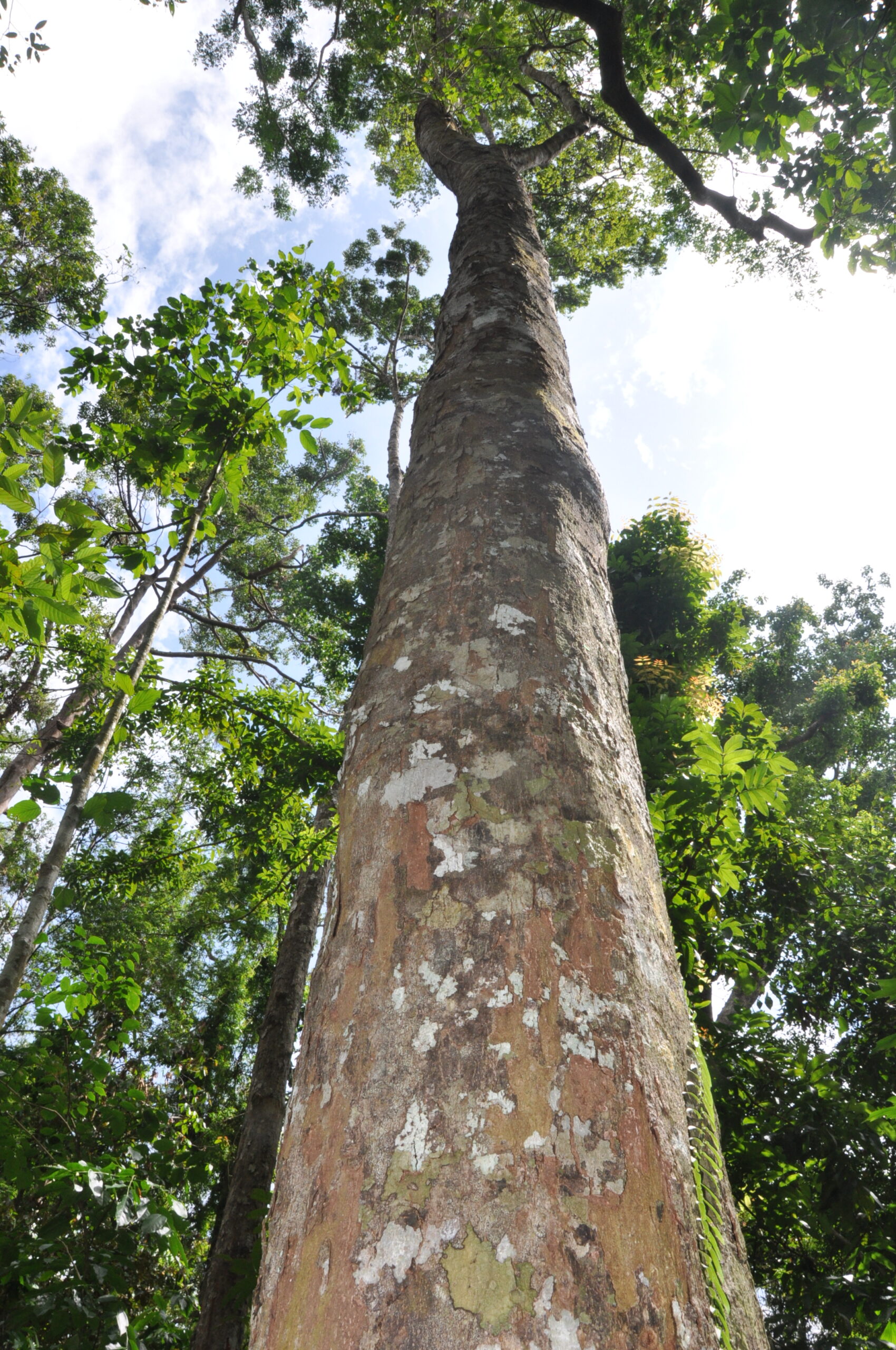Are you familiar with the Red Nato tree, also known as Red Nato? This majestic and unique tree species can be found in the tropical rainforests of Southeast Asia. Its vibrant redwood and towering height make it hard to miss when wandering through the forest. But did you know this beautiful tree has more than just aesthetic value? In this blog post, we’ll delve into the characteristics and uses of the Red Nato tree and discuss its conservation status and other challenges.
Red Nato Description and Characteristics
- Appearance: Red Nato, also known as Palaquium luzoniense, is a large evergreen tree that can grow up to 45 meters tall. Its trunk has a diameter of around 1 meter, and its crown comprises dense foliage.
- Wood Color and Hardness: The heartwood of the Red Nato tree is a vibrant red color that darkens with age. It is highly valued for its beautiful appearance and durability, as it is highly dense and hard.
- Habitat: This species of tree is found primarily in the rainforests of Southeast Asia, including Malaysia, Thailand, Indonesia, and the Philippines. It thrives in areas with high rainfall and humidity.
- Leaves: The leaves of this tree are elliptical or oblong-shaped with pointed tips. They have smooth edges and are arranged alternately on the branches. The young leaves are bright green but turn darker as they mature.
Uses and Applications of Red Nato
Red Nato, or Palaquium luzoniense, is a valuable timber tree used for various purposes throughout history. Its wood is highly sought after due to its durability, strength, and beautiful reddish-brown color.

One of Red Nato wood’s most common applications is furniture making. It is often used to construct high-end pieces such as cabinets, tables, and chairs because it can withstand wear and tear while maintaining its appearance.
Another widespread use for Red Nato wood is in boat building. The solid and water-resistant properties make it an excellent material for constructing boats and other marine vessels.
In addition to furniture-making and boat-building industries, this species has also found applications in musical instruments like guitars because of its tonal qualities that are suitable for musical note production.
The bark of the Red Nato tree contains tannins that are used in traditional medicine to treat diarrhea. However, more research is needed to confirm these medicinal properties, as no scientific studies currently confirm these claims.
The impressive characteristics of red nato make it a versatile resource with numerous uses across different sectors, including the construction industry, where it’s used as hardwood flooring or wall paneling—providing both aesthetic value and robustness against damage caused by traffic over time!
Conservation Status and Other Challenges
Palaquium luzoniense is an endangered tree species found only in the Philippines. Due to deforestation and habitat fragmentation, its population has significantly decreased. The IUCN Red List of Threatened Species has classified it as critically endangered, highlighting the need for conservation efforts.
One of the biggest challenges in conserving Red Nato is its slow growth rate and low seed viability. This makes propagating and restoring populations difficult even with proper management strategies.
Another challenge is illegal logging, which continues to threaten not just Red Nato but other valuable timber resources in the country. Poaching also poses a significant threat as collectors seek out this rare species for its unique wood grain patterns.
To address these challenges, there have been efforts to increase public awareness about the importance of protecting endangered species like Red Nato. Additionally, various organizations and government agencies are implementing forest protection programs to ensure that habitats are conserved and restored.
While there is still much work left to do, every small step towards conservation helps preserve this remarkable tree species for future generations.
Conclusion
To sum up, the red nato tree is an exceptional species with unique characteristics and features. Its unique appearance makes it a valuable resource for furniture making, decorative purposes, and construction works.
Despite its usefulness and benefits, the conservation status of the red nato tree is still a concern due to overexploitation in some areas. Therefore, taking necessary measures to protect this rare species from further depletion is essential.
Preserving the red nato trees will help maintain ecological balance and ensure sustainable development for future generations. Raising awareness about its significance and promoting responsible forestry practices can help secure the survival of this magnificent tree species for years to come.
See Also:
- Fruitwood: 10 Fruit Trees that Provide High-Quality Wood and Lumber
- Wooden Beehive vs. Plastic Beehive Pros and Cons
- Hog Water Nipples: Types, Pros, Cons, and Alternatives
- Honey Extractor Pros and Cons
- Can DIY Chicken Feeders Save You Money?
- Why Every Animal Farmer Should Buy a Pelletizer Machine
